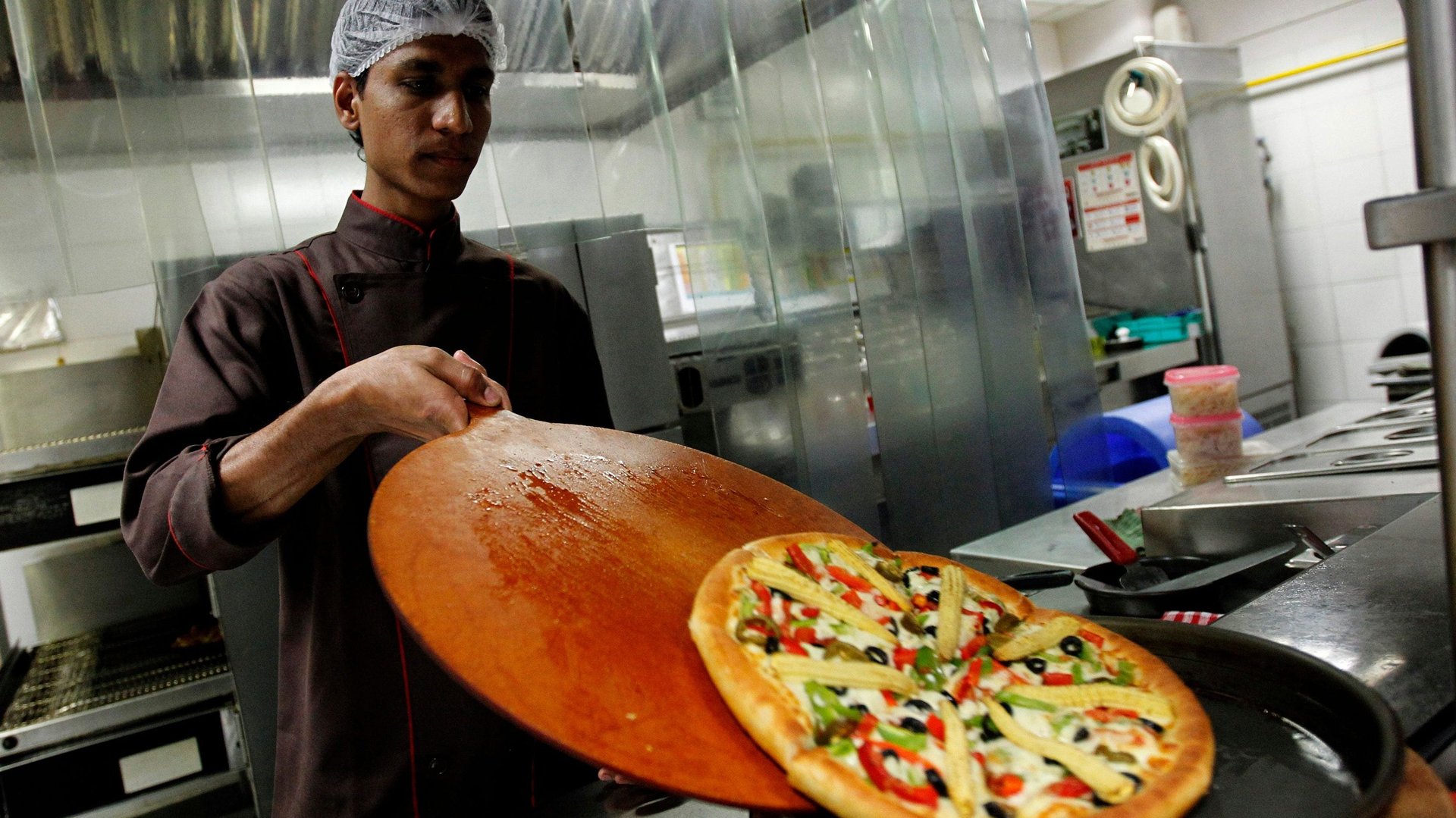How Flipkart’s first product manager is now shaping Swiggy
Earlier this year, four-year-old Swiggy joined the ranks of the world’s most valued startups to become only the second Indian food tech unicorn, after Zomato.


Earlier this year, four-year-old Swiggy joined the ranks of the world’s most valued startups to become only the second Indian food tech unicorn, after Zomato.
This was a surprise given the history of the Indian food tech industry, which has been struggling with shutdowns, a cash crunch, and layoffs.
But in June, Bengaluru-based Swiggy came out relatively unscathed, raising $210 million from Naspers, DST Global, Meituan-Dianping, and Coatue Management at a valuation of $1.3 billion. And recent reports suggest that the floodgates for funding are opening once again with the likes of Naspers and Tencent looking to lead a $500 million-plus round, propelling the company’s valuation to nearly $3 billion.
The 1,000-person company plans to keep pumping money into building new products and services as well as bolstering its technology team, shining the light on machine learning and data science.
This innovation is anchored by Anuj Rathi, Swiggy’s vice-president of product management, who is responsible for building consumer experiences, growing monetisation avenues, and incorporating data science approaches. He and his team of over 20 work out of the Bengaluru office.
The IIT Kanpur graduate came to Swiggy two years ago, armed with product management experience from marquee Indian e-commerce startups such as Flipkart and Snapdeal. Under Rathi’s leadership, Swiggy has launched many offerings such as POP, a curated menu of single-serving meals, and membership programme SUPER.
Below are edited excerpts from Quartz’s conversation with Rathi:
How is the technology for food delivery apps different from that for online retail ones like Flipkart and Snapdeal?
I was the first product manager at Flipkart when the company was only selling books and my charter was to convert that from book-selling website to an entire e-commerce suite. But e-commerce is only a two-way platform where you connect buyers and sellers. We (Swiggy) are a three-way marketplace with consumers on one side, restaurants on the second, and delivery on another, which makes it extra challenging. Plus, food is a perishable commodity.
Could you describe some of the technology challenges of food delivery?
When a customer opens the app, the app has to do a number of calculations: understand locations, show the right set of restaurants, see how many delivery people are around, and so on. On top of that, we have to figure out which restaurants you love the most and what type of food you like. We need to make sure your discovery and delivery are fast.
Then once an order comes, we have to figure out how to make the shipment. Which delivery boy to allocate? What route is the associate going to take? Can we make the restaurant’s preparation time and the associate’s arrival coincide? As we go forward, the problems get bifurcated further. Earlier we had about two or three people working on our data science team to solve them. Now, we have a ten times bigger team working on all of these problems in a more detailed way.
How has Swiggy’s approach to product design evolved in the last few years?
Swiggy is only four years old. The first two years were about putting Swiggy together—building the marketplace on the consumer side, the restaurant side, and the delivery side. The second stage was when we started putting our intelligence teams together to impact all three pieces of the marketplace through technology. We started making such investments two years back.
All of these aspects e-commerce companies also invest in, but food delivery is driven by street traffic and restaurants around you. We need to personalise in real-time so it’s ten times more challenging.
How do you make sure you get your money’s worth from new innovations and offers?
One of the things our data science and product team is careful about when bringing any features is if we have three things together: the flow of physical food, the flow of delivery executives, and the flow of money.
Think about Swiggy POP, for instance. For the consumer, it’s a clear proposition of free delivery for select single-serve meals. But we don’t pay out of our pocket. We work with restaurants one or two weeks in advance. We curate dishes with them and predict demand. We’ll tell them you’ll get 50 orders during this time frame. And because we’re able to give predictions, restaurants give us discounted rates which we pass on to consumers.
Zomato has become more bullish and Foodpanda is gaining traction, too. How is Swiggy gearing up to fend off tough competition?
We are not looking at what people are doing and responding to it. Our design and product philosophy is to put the consumer first. We start with the data and look at what it is telling us, what are the insights, what is the hypothesis, and then we experiment. It’s a repeatable process to get to any new product. But yes, while building a product, we see which other companies have done it and we look at lots of international apps from South Korea, Japan, and Colombia, and also Indian apps. We also draw inspiration from offline businesses like Mumbai dabbahwallas (tiffin carriers) and on-ground courier services.
In May this year, Swiggy acquired Scootsy. The site delivers everything from gifts to apparel to food. Is Swiggy considering expanding beyond just food deliveries?
We are getting learnings from Scootsy on how different categories behave, where the demand is showing, and what the customer experience across different verticals is like. We’ve been able to build strong tech capacities and operational capacities so other goods—not just food—can travel on our logistics network. In the next few months, we will explore some other categories apart from food also.